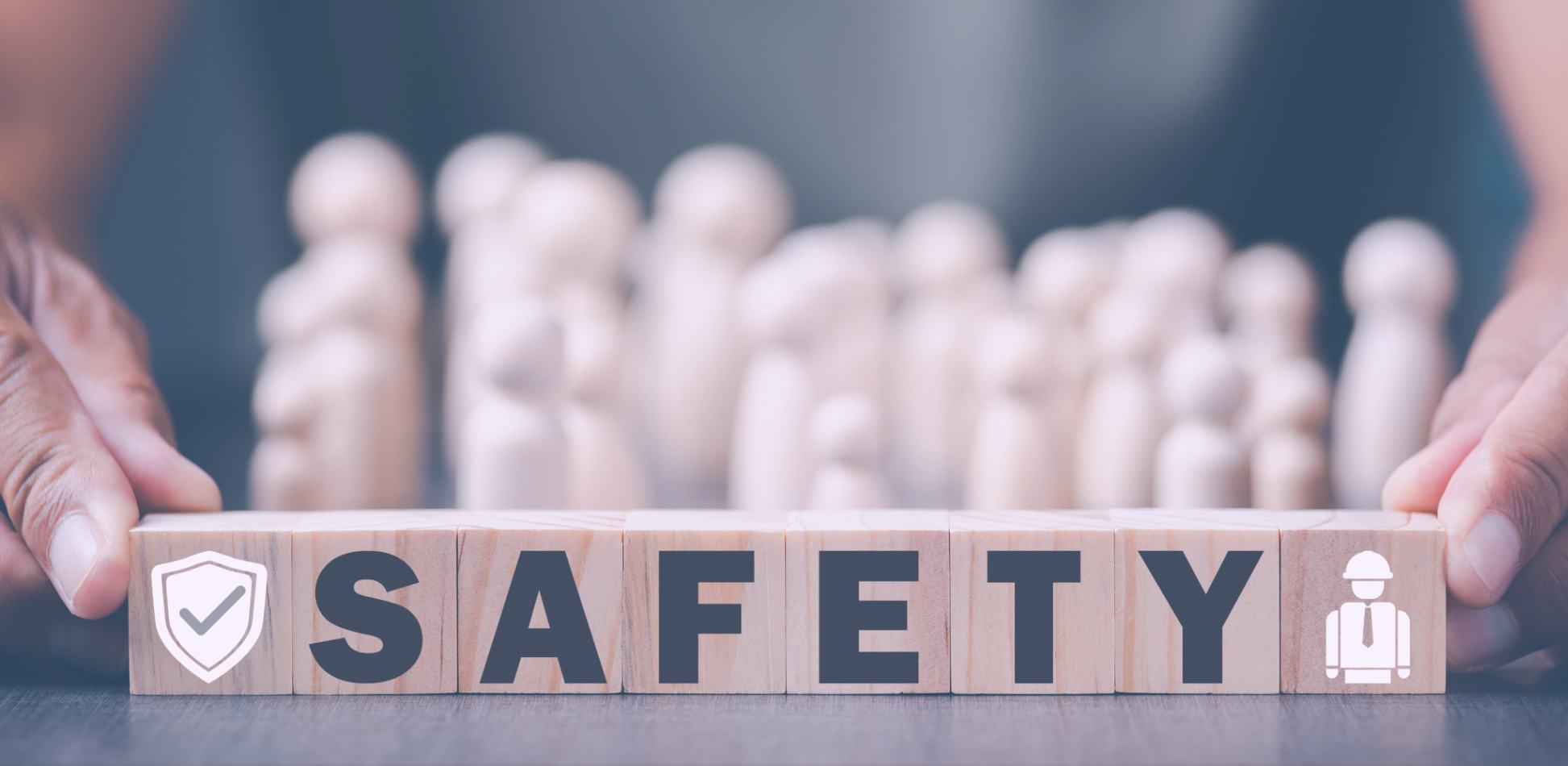Job safety analysis is a process that integrates accepted safety and health principles and practices in a particular job operation or task. Each step identifies potential hazards, ways to overcome them, and the safest way to do that jobs. Job analysis may be expanded to all other aspects of the job, including safety. This is called total job analysis. Job safety analysis is used for specific work assignments, not broadly defined jobs. Job safety analysis is needed to reduce the risk of injury to workers.
Benefits of job safety analysis
The benefit of job safety analysis is that observing or performing the process helps recognize hazards. This is beneficial for frequently performed jobs. For other cases, group discussion among health and safety workers, experienced workers, and supervisors helps accept a standard working procedure. The benefit from a job safety analysis is visible in the preparation stage. The analysis process helps identify the previously undetected hazards and prepares the participants for them. This promotes equipping safer work procedures.
Steps of job safety analysis
The process of job safety analysis is generally segregated into four steps to ensure that effective measures are taken to avoid any hazard or calamity. These include
- Selecting the job to be analyzed– Choose the profile and the work that need to be assessed and analysed.
- Breaking the job into a number of steps– Divide the process of safety analysis of the job profile in a number of steps.
- Identifying the hazards related to it– Find out the risks and hazards that are related to the job.
- Preventive measures– Determining preventive measures to be taken to overcome these hazards.
Key safety responsibilities for every employee
Every employee is responsible for practising and understanding the critical safety measures in an organization. These include:
- Acting safely at work – An employee should take care of their health as it is essential both for one’s safety and the safety of others. It is also necessary to understand and follow its safety and health policies.
- Using available tools to maintain a safe environment– Use the tools provided by the company to ensure health and safety at work.
- Understanding the meaning of safety practices, potential hazards, and rules– Apart from the things taught in training, one must educate oneself on the potential hazards and ways to overcome them.
- Communicate– It is essential to talk if you feel certain practices or situations are unsafe and may cause injuries to the employees.
Examples of job safety analysis
Company XYZ decides that a job safety analysis is needed in the way the company performs the mining task. It is learned that there is a high risk for miners working in underground mines. This is why Job safety analysis is performed here. A supervisor is recruited to conduct investigations to observe workers and record their observations. The supervisor then documents every step. The risks associated with the job are noted, and effective measures are taken to avoid calamities.
Job safety analysis Vs. job hazard analysis
Job safety analysis manages safety by identifying and controlling the potential hazards related to a job or a task. Job hazard analysis is a technique that lays attention on the job tasks to identify hazards before they occur. It focuses on the relationship between the worker, the task, the tools, and the work environment. Both Job safety analysis and job hazard analysis are techniques to identify potential hazards within a job or a task and implement safety controls to reduce the risk.


